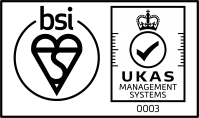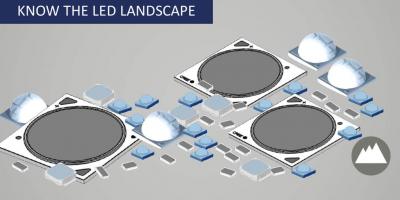
You are spoilt for choice in the marketplace for LEDs with multiple package offerings from numerous manufacturers. Knowing what LED components are out there is key to you knowing what works best within your application. We are consistently overloaded with the latest LED developments and simply chasing these will not result in a suitable LED that is optimal for your specification – don’t overlook your end-use application for the sake of being flashy. Knowing the LED landscape, whilst remembering your own requirements, is fundamental to selecting the best component for you.

Remember those school day maths classes that we all undoubtedly paid grave attention to? Just as well, as LEDs are not simple; they are in fact highly complex compound semiconductors – without doing at least basic maths you will get it wrong. There is an array of online tools from many leading manufacturers. Use these tools as a starting point for basic modelling of the performance of the LED devices.
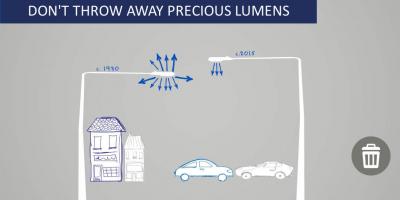
You’ve worked hard selecting the very best LED device for your application so now you must remember to direct the light to only where it needs to be and optimise the light fixture by considering materials, reflectors and optics. Use all the light you’re paying for and don’t go throwing away those precious lumens.
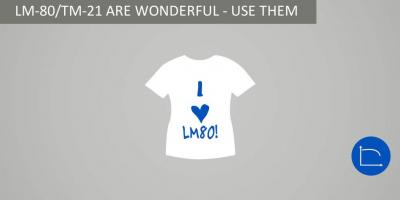
The LED industry has begun to get its house in order when it comes to LED lifetime evaluation, which is a fantastic achievement. Spurious lifetime claims have the potential to cause the wider lighting market to lose confidence in the reliability and legitimacy of LED technology. Make use of the LM-80 data that is available; indeed shout from the rooftops that your product uses LEDs that are backed up by industry-standard testing methodologies!
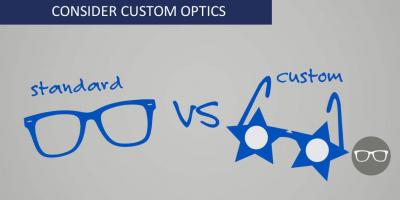
A custom LED optic enables your product to make better, more efficient use of the light output from LEDs and what’s more it’s not as difficult or as expensive as you might think. You could always use a standard off-the-shelf optic with your cleverly designed custom PCB: but with a little effort and a small upfront investment, you’ll have the perfect accessory to improve your solution and its overall aesthetic appeal.
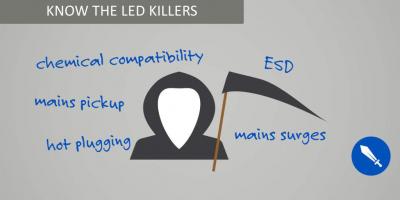
There are a number of potential LED killers that you need to be aware of:
Remembering these could just help you avoid catastrophic failure or latent defects within the LED components. After all, you’ve just spent considerable time and money perfecting your LED solution so don’t undo all that good work and compromise the longevity of your overall system.

Don’t go thinking that because LEDs are relatively new to the lighting space you can avoid standards. Your lighting products must conform to the same safety standards as other light sources – this is not an optional extra, it is a requirement.
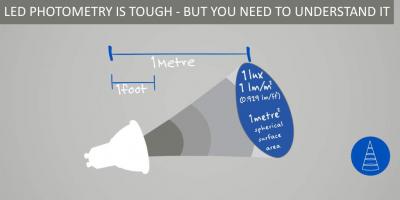
By now we have established that LED components are not simple and emit light in ways that are novel to those of the more traditional lighting technologies. LEDs are point sources of light that are omnidirectional not only that but there are colour uniformity and emission spectra to consider. You will need to understand LED photometry otherwise you’ll fail to understand LEDs themselves. You can join a trade association or use laboratories either way you need to get trained.
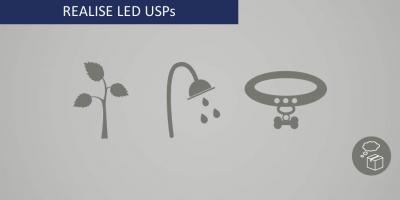
There’s probably an LED for almost anything – if you can think of it you’ll probably find an LED for it. Whether you’re illuminating dog collars, customising trainers or growing plants applying LED technology could just be the innovation you were waiting for. New markets are opening all the time thanks to ingenious and fresh ideas that don’t overlook the potential of LED.
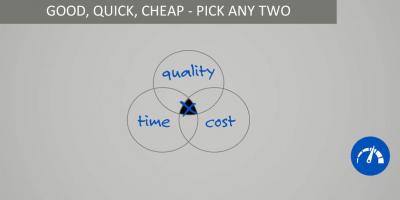
LEDs are not immune to the usual constraints of project management. When you are developing your custom LED lighting solution remember that you can have a low-quality product quickly but it will cost you, and a high-quality low-cost solution will take some time. Know what you want from the outset and you won’t go far wrong.
